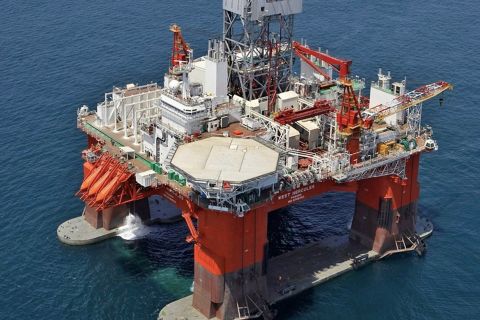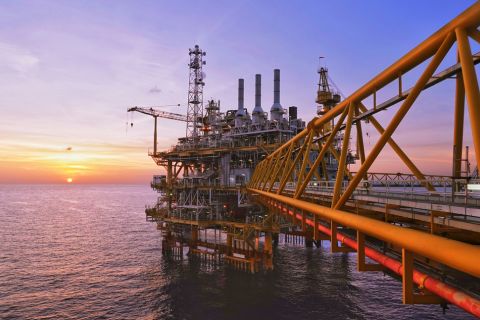The outlook for oil demand growth in 2019 has dimmed due to worsening prospects for world trade, the International Energy Agency (IEA) said on June 14, although stimulus packages and developing countries should boost growth going into 2020.
The Paris-based IEA, which coordinates the energy policies of industrial nations, revised down its 2019 demand growth estimate by 100,000 barrels to 1.2 million barrels per day (MMbbl/d) but said it would climb to 1.4 MMbbl/d for 2020.
“The main focus is on oil demand as economic sentiment weakens. ... The consequences for oil demand are becoming apparent,” the IEA said in its monthly oil report.
“The worsening trade outlook [is] a common theme across all regions,” the IEA added.
The oil demand growth forecast assumes the maintenance of U.S. and Chinese tariffs imposed on goods in 2018, but the IEA said it had not factored in further U.S. tariffs announced in May.
The IEA also attributed lackluster demand growth in the first half of the year to a slowdown in the petrochemicals industry in Europe, warmer than average weather in the northern hemisphere and stalled U.S. gasoline and diesel demand.
Demand growth was likely to pick up to 1.6 MMbbl/d in the second half of the year on government measures to mitigate the economic slowdown and robust consumption in the non-developed world.
“Stimulus packages are likely to support growth in the short term. In addition, the major central banks have stopped or slowed interest rate increases, which should support growth in 2H19 and 2020,” the IEA wrote.
U.S. sanctions on Iran and Venezuela, an output cut pact by OPEC plus its allies, fighting in Libya and attacks on tankers in the Gulf of Oman added only limited uncertainty to supply, the IEA said.
Iran’s production plunged by 210,000 bbl/d in May to 2.4 MMbbl/d, the IEA said, its lowest levels since the Iran-Iraq war in the 1980s. Exports fell 480,000 bbl/d to 810,000 bbl/d.
Surging U.S. supply as well as gains from Brazil, Canada and Norway would contribute to an increase in non-OPEC supply of 1.9 MMbbl/d this year and 2.3 MMbbl/d in 2020.
Recommended Reading
US Raises Crude Production Growth Forecast for 2024
2024-03-12 - U.S. crude oil production will rise by 260,000 bbl/d to 13.19 MMbbl/d this year, the EIA said in its Short-Term Energy Outlook.
Iraq to Seek Bids for Oil, Gas Contracts April 27
2024-04-18 - Iraq will auction 30 new oil and gas projects in two licensing rounds distributed across the country.
US Drillers Add Oil, Gas Rigs for Second Week in a Row
2024-01-26 - The oil and gas rig count, an early indicator of future output, rose by one to 621 in the week to Jan. 26.
Second Light Oil Discovery in Mopane-1X Well
2024-01-26 - Galp Energia's Avo-2 target in the Mopane-1X well offshore Namibia delivers second significant column of light oil.
CNOOC Sets Increased 2024-2026 Production Targets
2024-01-25 - CNOOC Ltd. plans on $17.5B capex in 2024, with 63% of that dedicated to project development.


